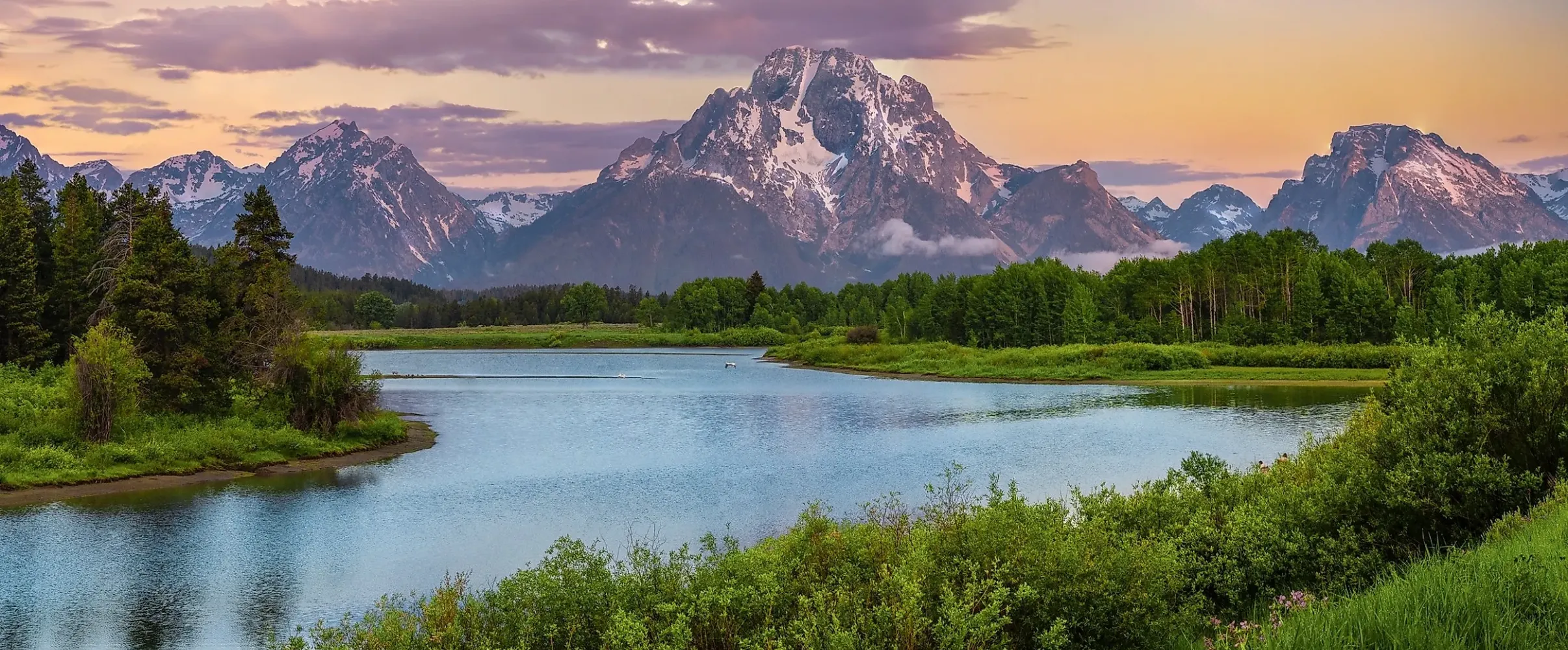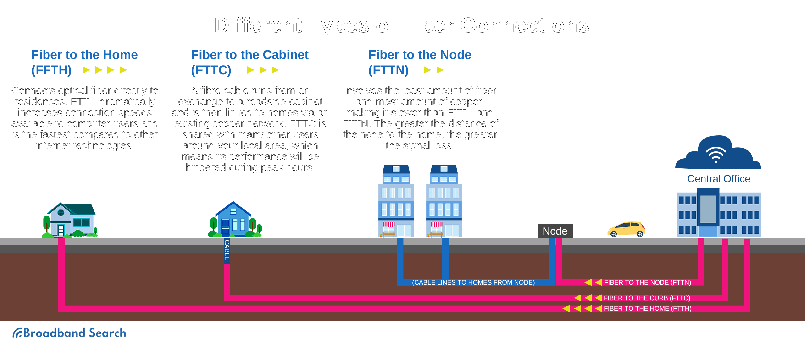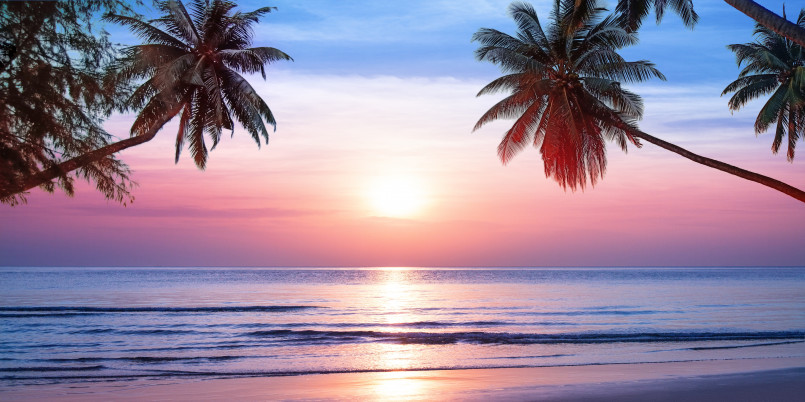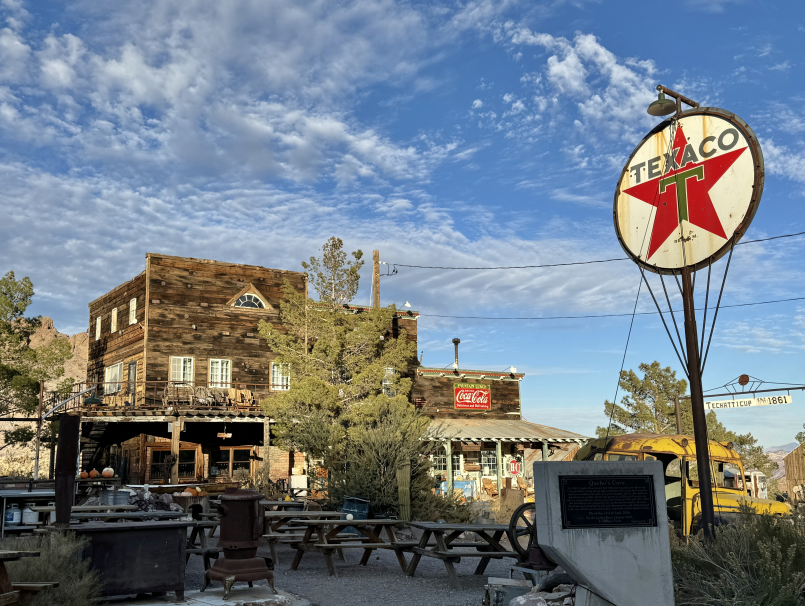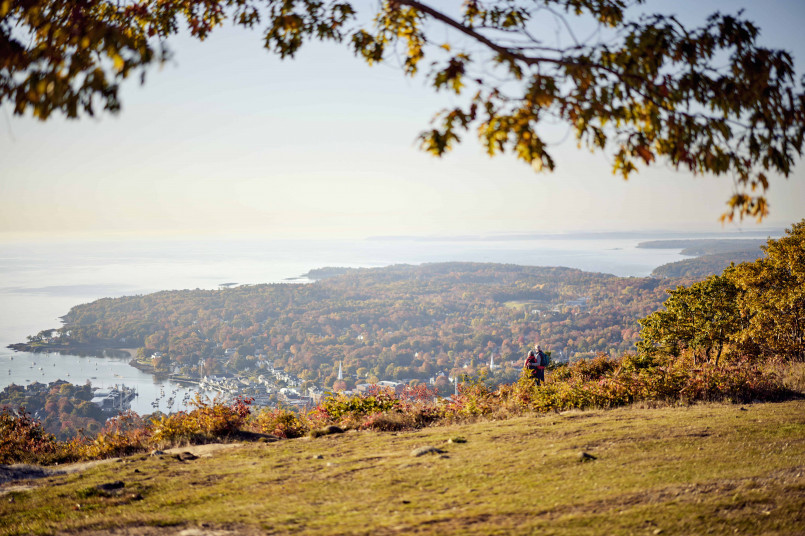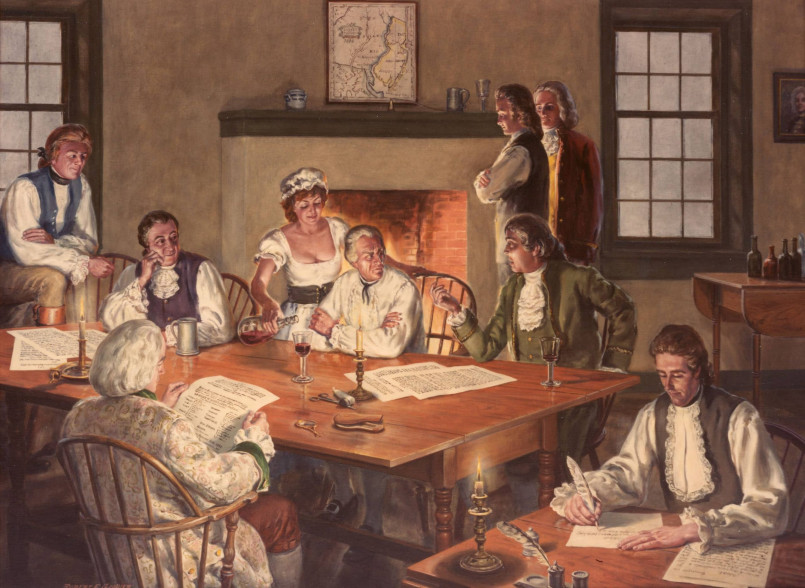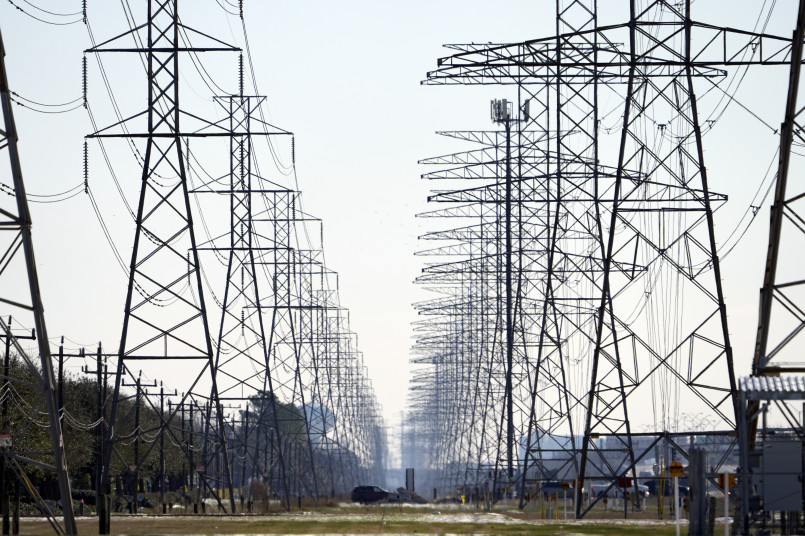While major population centers like California and Texas dominate discussions about American demographics, the nation's smallest states by population offer unique lifestyles, breathtaking landscapes, and surprising economic opportunities that often go unnoticed.
America's geographic and demographic landscape varies dramatically from the densely packed urban centers of the Northeast to vast, sparsely populated regions across the Mountain West. While states like California, Texas, and Florida grab headlines with their massive populations, there's a fascinating story to tell about the smallest states by population in the USA.
These states with fewer residents often feature breathtaking natural landscapes, unique cultural identities, and quality-of-life advantages that many Americans seek. Let's explore the least populated states in the nation, examining what makes them special despite - or perhaps because of - their smaller populations.
Top 10 Smallest US States by Population
Based on the latest census and population estimates, here are America's least populated states:
- Wyoming: Approximately 581,000 residents. As America's least populated state, Wyoming offers stunning natural beauty with Yellowstone and Grand Teton National Parks, along with the lowest population density in the lower 48 states.
- Vermont: Approximately 645,000 residents. Famous for its beautiful fall foliage, maple syrup production, and progressive politics despite its small population.
- Alaska: Approximately 733,000 residents. While massive in land area (the largest state), Alaska has fewer people than many medium-sized cities.
- North Dakota: Approximately 774,000 residents. The energy boom brought population growth, but North Dakota remains among the least populated states.
- South Dakota: Approximately 895,000 residents. Home to Mount Rushmore and vast prairie landscapes.
- Delaware: Approximately 990,000 residents. The second-smallest state by area is also among the least populated.
- Rhode Island: Approximately 1.1 million residents. The smallest state by land area has a relatively concentrated population.
- Montana: Approximately 1.1 million residents. Despite being the fourth largest state by area, Montana has fewer people than many U.S. cities.
- Maine: Approximately 1.4 million residents. Known for its rugged coastline and vast forests.
- New Hampshire: Approximately 1.4 million residents. Completes our list of the ten least populated states.
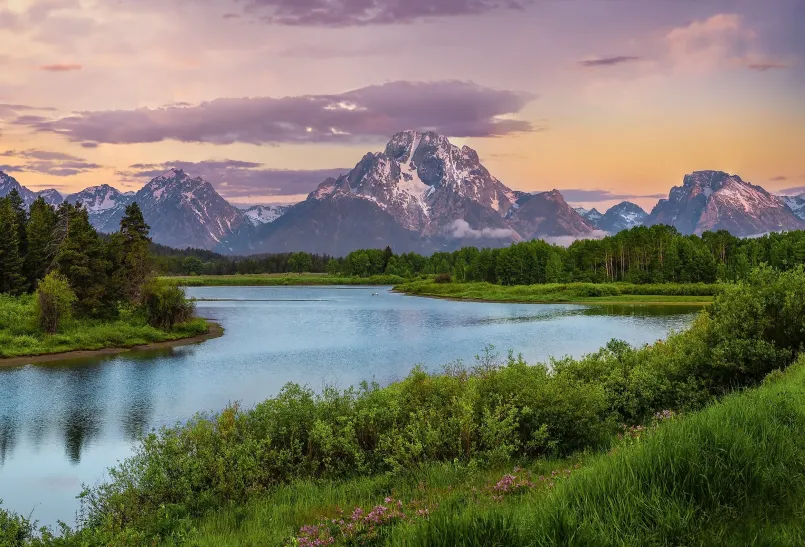
Why These States Have Low Populations
Several factors contribute to why certain states maintain smaller populations:
- Geography and climate: States like Wyoming, Montana, and Alaska feature challenging terrain and harsh winter conditions that historically limited settlement.
- Economic factors: Many smaller states lack the diverse economic opportunities found in more populated regions, with fewer major urban centers and industries.
- Historical settlement patterns: The westward expansion of the United States left certain regions less developed due to their distance from early colonial settlements.
- Agricultural emphasis: States like North and South Dakota have economies traditionally centered around agriculture, which requires large land areas but relatively few workers.
- Limited natural resources: Some smaller states lack the natural resources that drove population booms elsewhere.
Benefits and Challenges of Living in Low-Population States
Living in one of America's least populated states comes with distinct advantages and disadvantages:
Benefits
- Lower cost of living: Housing, taxes, and everyday expenses are often significantly lower than national averages.
- Less traffic and congestion: Commute times in Wyoming average just 18 minutes, compared to nearly 40 minutes in populous states.
- Access to nature: Low population density means more open spaces and natural areas per capita.
- Stronger community connections: Residents often report knowing their neighbors and feeling more connected to their communities.
- Political representation: Each resident has proportionally more influence in the Senate, as every state has two senators regardless of population.
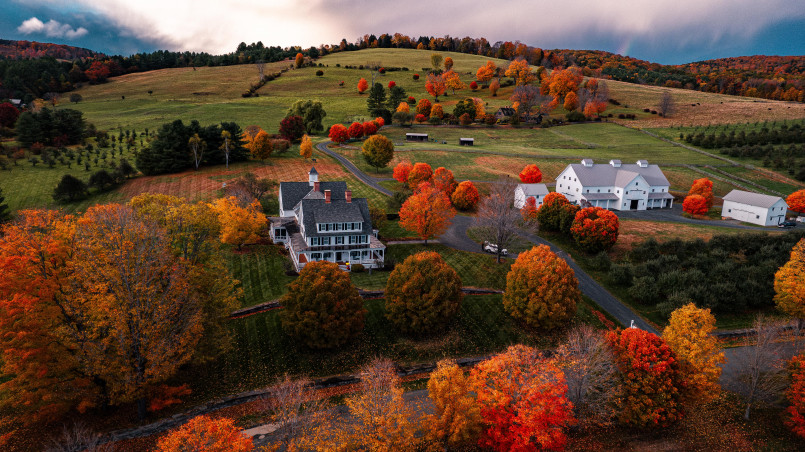
Challenges
- Limited economic opportunities: Fewer major employers and industries can mean restricted career options.
- Reduced services: Fewer healthcare facilities, retail options, and cultural amenities compared to more populated areas.
- Weather isolation: Severe weather can more significantly impact daily life with fewer alternative routes and services.
- Broadband limitations: Rural areas in low-population states often struggle with reliable high-speed internet access.
- Demographic challenges: Many smaller states face aging populations and youth outmigration.
Population Trends and Future Projections
The population landscape of America's smallest states continues to evolve:
While most small states have experienced modest growth over the past decade, the rates vary significantly. Idaho, though not among the ten smallest, has been one of America's fastest-growing states. Meanwhile, Wyoming has seen minimal population changes, and Vermont has experienced periods of population decline.
The COVID-19 pandemic introduced new dynamics, with many remote workers relocating to less populated areas seeking lower costs and better quality of life. States like Montana and Maine have seen increased interest from these "Zoom migrants."
Future projections suggest that most small states will continue to grow, albeit more slowly than the national average. Rural counties within these states may continue to lose population while micropolitan areas (small cities) gain residents.
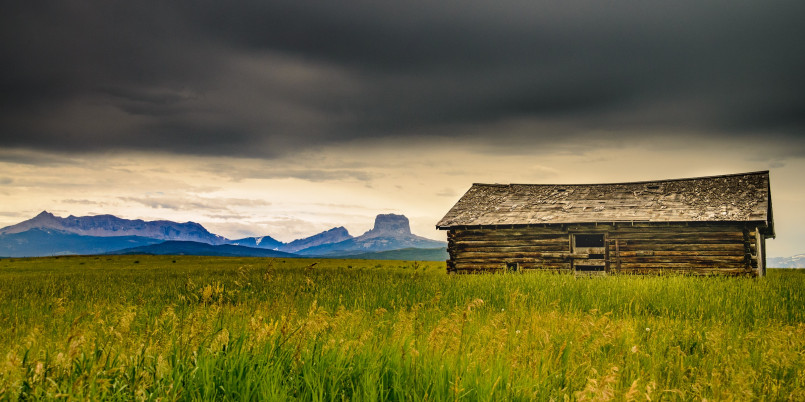
Quality of Life in America's Least Populated States
Despite their smaller populations, many of these states offer exceptional quality of life metrics:
- Safety: Vermont, Maine, and New Hampshire consistently rank among the safest states in America with low crime rates.
- Education: Many smaller states invest heavily in education, with New Hampshire and Vermont boasting strong public education systems.
- Health outcomes: Several low-population states report better-than-average health metrics, including lower obesity rates in Colorado and Vermont.
- Outdoor recreation: Access to outdoor activities is unparalleled in states like Montana, Wyoming, and Alaska, contributing to active lifestyles.
- Housing affordability: Homeownership is more accessible in most low-population states, with median home prices well below those in heavily populated coastal areas.
While America's smallest states may lack the bustling energy and endless amenities of their more populated counterparts, they offer distinct advantages that continue to appeal to those seeking a different pace of life. From wide-open spaces to tight-knit communities, these states represent an important part of America's diverse living options.
Frequently Asked Questions About 10 Smallest States in USA by Population (2023 Census Data)
Which state has the smallest population in the USA?
Wyoming has the smallest population in the United States with approximately 581,000 residents. Despite its small population, Wyoming is the 10th largest state by land area, resulting in the lowest population density in the continental United States at just 6 people per square mile.
Why do these states have such small populations?
These states have small populations due to several factors including: challenging geography and harsh climates in states like Alaska and Wyoming, limited economic opportunities compared to major metropolitan areas, historical settlement patterns favoring coastal and more accessible regions, land use dominated by agriculture and public lands, and geographic isolation from major transportation corridors.
Are home prices really lower in states with smaller populations?
Yes, home prices are generally significantly lower in states with smaller populations. While the national median home price hovers around $375,000, states like Wyoming, North Dakota, and Montana typically offer median home prices 20-40% below the national average. Rhode Island and New Hampshire are exceptions among small-population states, with housing costs closer to national averages.
What are the employment prospects in America's smallest states?
Employment prospects vary widely. Resource-rich states like Wyoming, North Dakota, and Alaska offer strong opportunities in energy, mining, and natural resources. Tourism drives many jobs in Vermont, Montana, and Maine. Healthcare, education, and government are major employers across all small states. Remote work has expanded opportunities, but traditional career advancement can be limited compared to major metropolitan areas.
How do political dynamics work in low-population states?
Low-population states wield disproportionate political influence nationally, particularly in the Senate where each state has two senators regardless of population. This gives residents of small states effectively more representation per person. Local politics often feature greater accessibility to elected officials, with state legislators representing fewer constituents. Political cultures vary significantly, from progressive Vermont to conservative Wyoming.
Are these small-population states growing or shrinking?
Most small-population states are experiencing modest growth, though at rates below the national average. The COVID-19 pandemic accelerated migration to some small states as remote work became more common. However, growth is often concentrated in micropolitan areas (small cities), while many rural counties continue to lose population. Alaska, Vermont, and Wyoming have experienced periods of population decline in recent years.
